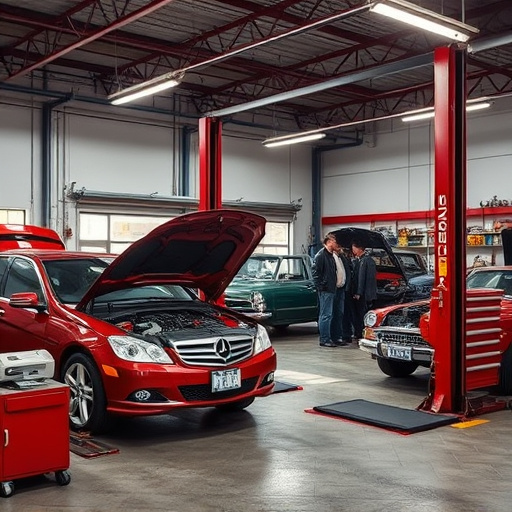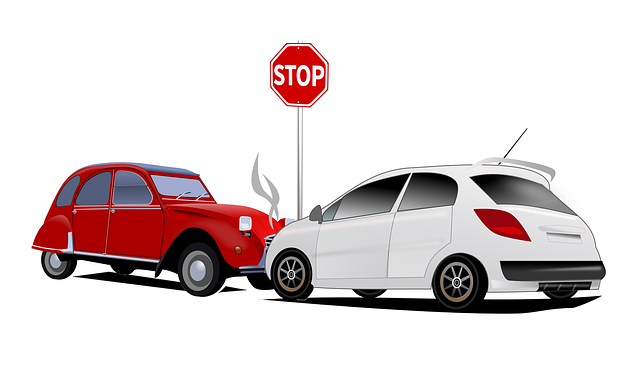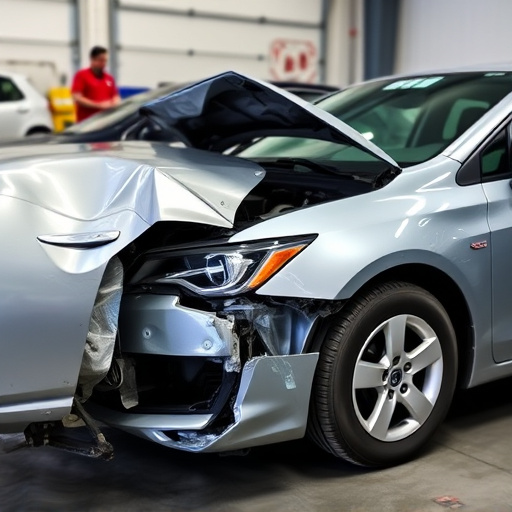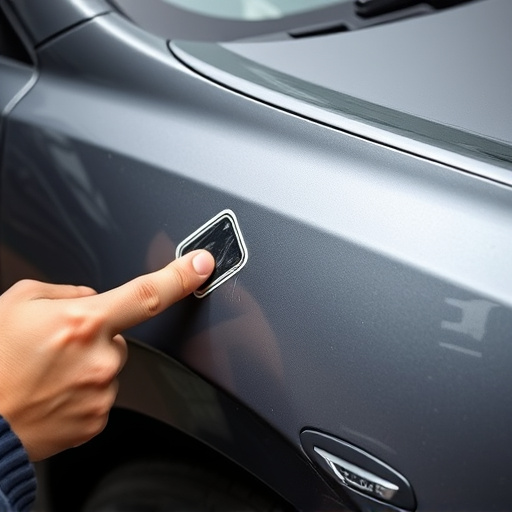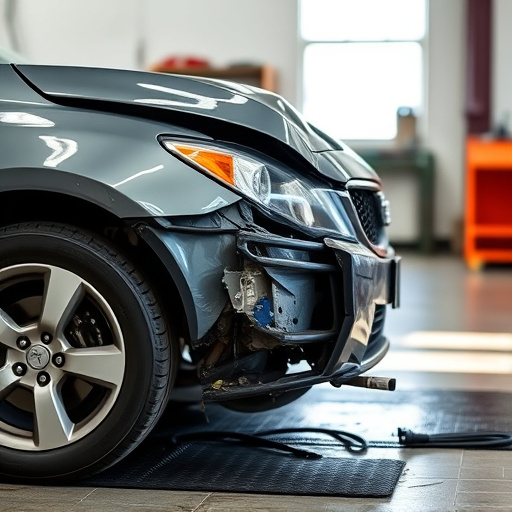Understanding crash forces is crucial for maintaining transmission systems after accidents. High-impact loads can severely stress and strain vital components, leading to premature wear or malfunction. Despite visible body damage indicating minor incidents, internal transmissions could be significantly affected. Thorough post-accident transmission inspection accident is essential to prevent costly repairs or premature component replacement. Auto repair shops use advanced diagnostic tools to assess every transmission part, ensuring safe and reliable vehicle operation after collision repair services.
In any vehicular accident, understanding how crash forces affect internal transmission components is crucial for safety and reliability. This comprehensive guide delves into the intricate dynamics of crash forces and their profound impact on transmission systems. We explore common internal components at risk, provide insights on post-accident inspection procedures, and highlight the importance of identifying damages promptly to ensure safe and efficient repairs, emphasizing the significance of transmission inspection after accidents.
- Understanding Crash Forces and Their Impact on Transmission Systems
- Common Internal Transmission Components at Risk During Accidents
- Post-Accident Transmission Inspection: Identifying Damages and Necessary Repairs
Understanding Crash Forces and Their Impact on Transmission Systems

Understanding Crash Forces and Their Impact on Transmission Systems
In a transmission inspection after an accident, it’s crucial to comprehend how crash forces interact with internal transmission components. During a collision, the vehicle’s structure experiences significant forces that can be transmitted to drivetrain elements, potentially causing severe damage or malfunction. These crash forces often manifest as sudden, high-impact loads that exceed normal operating conditions, leading to stresses and strains on bearings, gears, and other vital parts. Recognizing these forces is the first step in ensuring proper maintenance and repair, not just for car body repair but also for the longevity of the vehicle’s overall functionality, including its transmission system.
Accidents can result in a variety of damage patterns that may not be immediately apparent. For instance, while visible signs like dents and cracks in the vehicle bodywork might suggest relatively minor incidents, internal transmissions could suffer severe consequences. This highlights the importance of thorough transmission inspections following any accident, as neglecting these checks could lead to costly repairs or even premature component replacement. Auto repair shops play a vital role here by employing advanced diagnostic tools to assess not just the car body repair but also the health of every transmission component, ensuring that vehicles return to the road safely and reliably.
Common Internal Transmission Components at Risk During Accidents
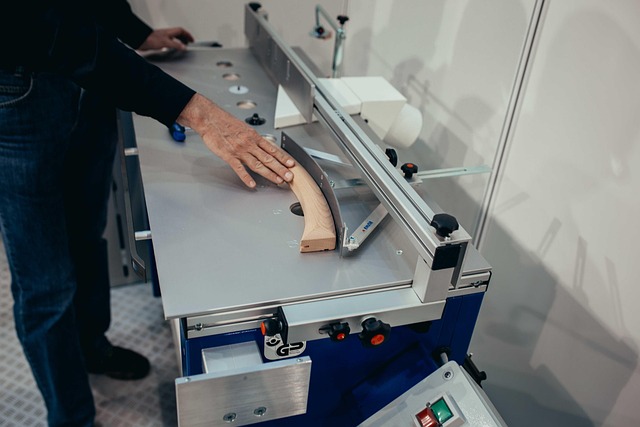
During a crash, several internal transmission components are at heightened risk due to the sudden and intense forces involved. These include the gear train, clutch master cylinder, and hydraulic lines. The gear train, responsible for transmitting power from the engine to the wheels, can suffer damage from the impact, potentially leading to costly repairs or even replacement.
The clutch master cylinder, a crucial component in controlling the clutch operation, is also vulnerable. A transmission inspection after an accident may reveal leaks or damages to this cylinder, underscoring the need for prompt attention during collision repair services. Similarly, hydraulic lines that facilitate the smooth operation of the transmission can be compromised, requiring expert auto detailing and careful replacement to ensure optimal vehicle performance post-accident.
Post-Accident Transmission Inspection: Identifying Damages and Necessary Repairs

After a crash, conducting a thorough transmission inspection is paramount to ensuring safe and reliable operation. The initial step involves meticulously examining the exterior for any signs of damage, such as leaks or deformations, which could indicate internal issues. It’s not just about checking the obvious; a skilled technician will also inspect for subtle cracks, misalignments, or wear and tear that might have been exacerbated by the accident.
During this process, identifying specific damages is crucial. For instance, a transmission fluid leak could point to a punctured seal or gasket, while unusual noises or performance issues may signal more serious problems like internal gear damage or a worn clutch. Repairs must then be prioritized based on severity and impact on functionality. This stage of post-accident assessment plays a vital role in preventing further complications and ensuring the vehicle is roadworthy once again, with services like auto body repairs and dent removal sometimes required alongside specialized transmission repair.
In accidents, crash forces can significantly affect internal transmission components. Understanding these impacts is crucial for ensuring safe and reliable vehicle operation post-collision. By identifying at-risk parts and conducting thorough transmission inspections, mechanics can effectively assess damages and perform necessary repairs. This process not only restores vehicle functionality but also enhances driver safety in the event of future accidents. A proactive approach to transmission inspection after an accident is vital for maintaining the overall health and performance of a vehicle’s drivetrain.

